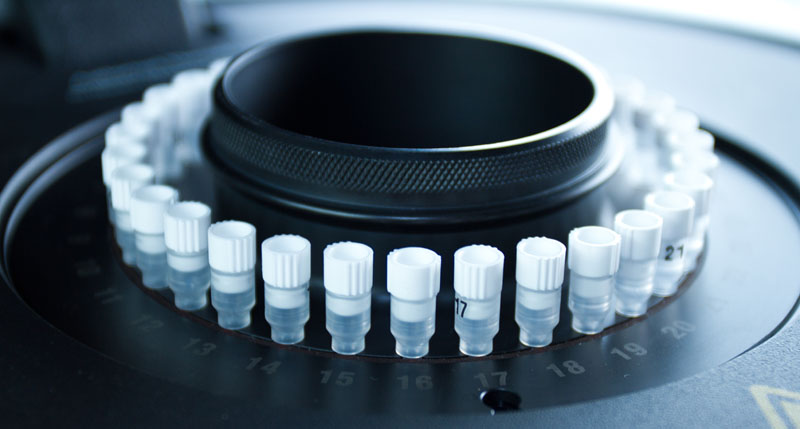7. Capacity

We are sometimes asked if the lower capacity (32 samples) of the Lightcycler is a problem, and we think it is not for two reasons.
First, the Lightcycler is much faster – it completes a full 40-cycle run in 40 minutes – than plate-based cyclers, which typically completes 96 samples in 2.5 h, so you may run three full runs in the Lightcycler by the time it takes to run a single run in a plate-based cycler. Second, since the Lightcycler is extremely precise, you may not gain any additional information by running duplicates or triplicates. It is simply a waste of reagents, because there is essentially no variation in the results. On plate based cyclers it is a necessity to run duplicates or even triplicates without getting a more accurate result. We therefore take advantage of the precision to run more independent samples to illustrate the biological variability, which is considerably more interesting than the technical variation introduced by the cycler. Thus, one run in a plate-based cycler will produce 48 or 32 results depending on the need for duplicates or triplicates, but three consecutive runs carried out in a shorter time on the Lightcycler will give 24+31+31= 86 results (8 standards in the first run to establish a standard curve and one standard in the following, consecutive runs to enable the use of the standard curve from the first run). Based on these initial tests, we now only use Lighcycler-based real-time PCR in our laboratory. We strongly recommend new users to real-time PCR to carry out similar experiments as above before they decide which equipment to use for their experiments.
